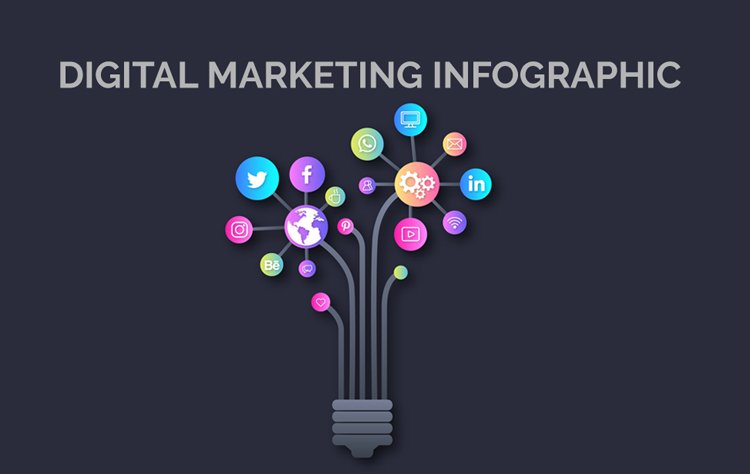Content marketing is all about storytelling. Consumers are not interested in listening to fact lists or analyzing research studies. While data is important in supporting a message, how it is delivered is paramount. Ultimately, a story is the most compelling way to communicate a message. And this is where infographics come in, as they combine visual storytelling and robust data into one compelling, easy-to-understand piece of content.
Why to invest time and budget in creating infographics?
First of all, infographics are a great way to get more information about your customers. To decide on a theme for your infographic, you will need to study the engagement metrics of your blog and social media posts, as well as data from your email campaigns and customer service surveys.
Creating an infographic requires you to put yourself in the shoes of your client to understand, what information and what data is most relevant to them. Besides, you will also learn much more about your customers after publishing the infographic. What was the bounce rate on the infographic landing page? How many downloads were there? Did your infographic go viral on social media? Your customers’ engagement with infographics will help you make future marketing decisions.
You must research data and statistics, analyze and digest the messages and trends within your research, and then develop a story that explains the findings and compile it into visually appealing content before creating an infographic. By investing that time and sharing such valuable content, you demonstrate your expertise and develop your authority as a leader on the subject.
Infographics are also a great way to attract new customers to your business. While a blog post requires the reader to click a link, the infographic can be viewed directly on social media, helping to increase engagement.
Tips for creating infographics
Target a specific audience
When developing an infographic, it’s crucial to keep a well-defined target audience in mind. For your infographic to get the attention and engagement you want, you need to select topics and data that are relevant.
Once you’ve defined your audience, you’ll be better equipped to decide on a topic for your infographic. Use engagement metrics from your blog and social media posts, as well as data from your marketing campaigns and customer service surveys to guide your decision-making process. Remember to be specific with your topic, as you are with your target audience. While choosing a generally popular topic seems like a good idea at first, since it might appeal to a wider audience, the reality is that selecting a topic of high interest to your audience will result in better engagement and higher conversions.
Emphasize storytelling
Data and statistics are generally hard to understand and remember. Infographics present these numbers in a story-like format as digestible chunks of information. By presenting numerical information in this way, you put it in context and therefore make it more useful and memorable to your audience.
Now, that you have selected a topic you should start your research. Do a broad initial search for the latest data and statistics on your topic of interest. Based on what you find, are there any possible stories hidden within it? Perhaps there is a trend in the industry that you can report on. Or two sets of data that you can compare. Or even an outlier statistic that could serve as a learning opportunity. Data adds credibility to the story you’re telling, and it’s important to include enough information to answer the questions your audience has without overwhelming them.
Keep it simple
When it comes to infographics, less is more. While yes, backup data is important, what is more, important is shocking data. Including too many charts and statistics will overwhelm your reader, and the final idea will be less clear. Choosing the strongest data to support your theme will clarify and support the conclusion you want to reach.
Before you begin, list the main points and the conclusion. This will help you categorize the data into groups and determine the relevant points. Ultimately, the end goal is to have a simple yet powerful way of understanding a complicated problem.
Conclusion
Creating an infographic is a great way to increase the variety of content that you share with your audience. By combining visual storytelling and data into one compelling, easy-to-understand piece of content, you provide value to your audience while attracting new customers and demonstrating your business expertise.






